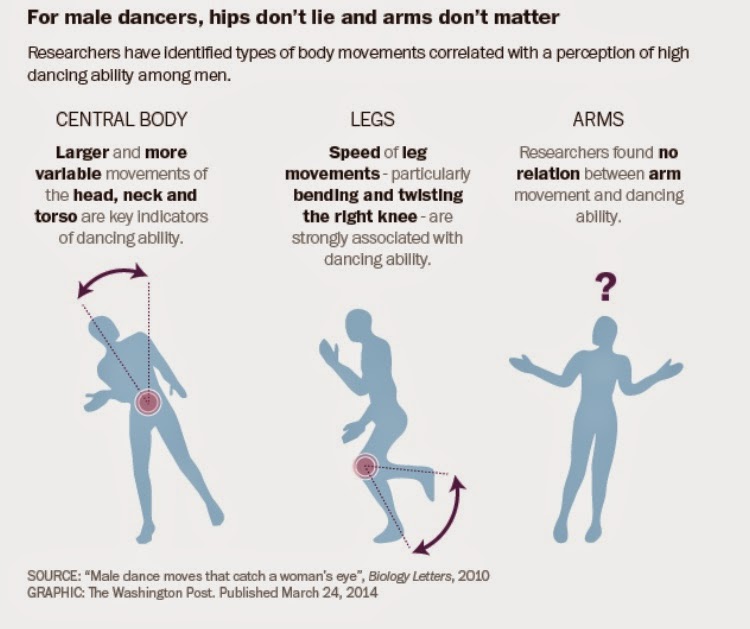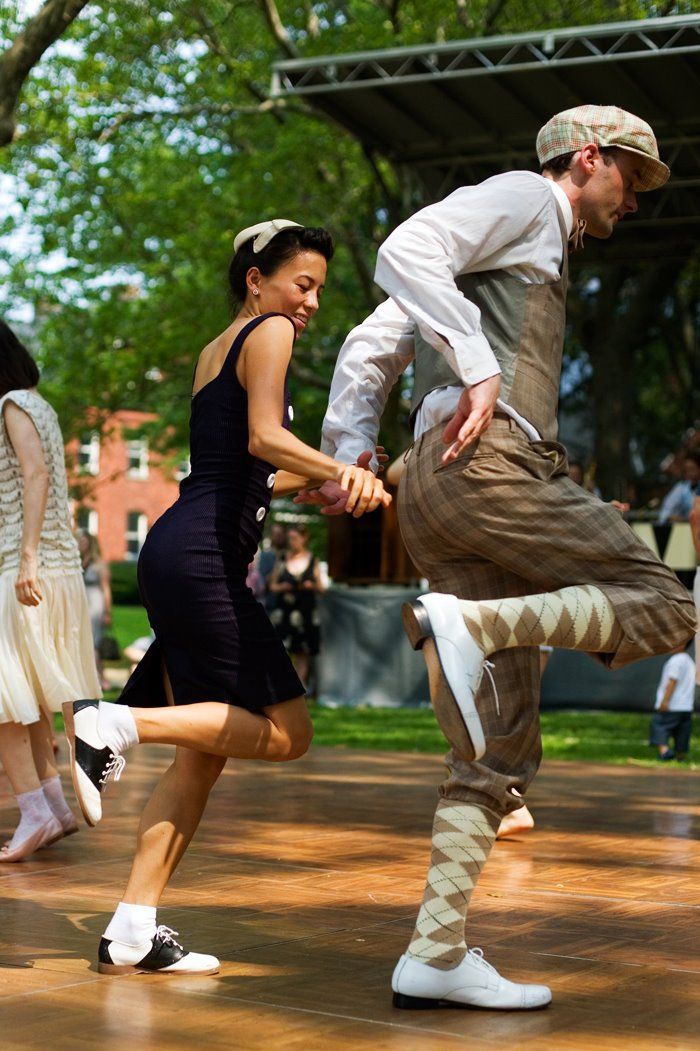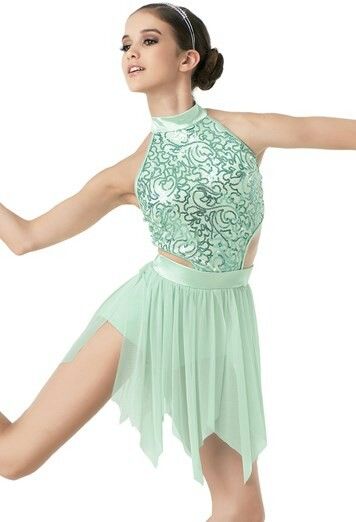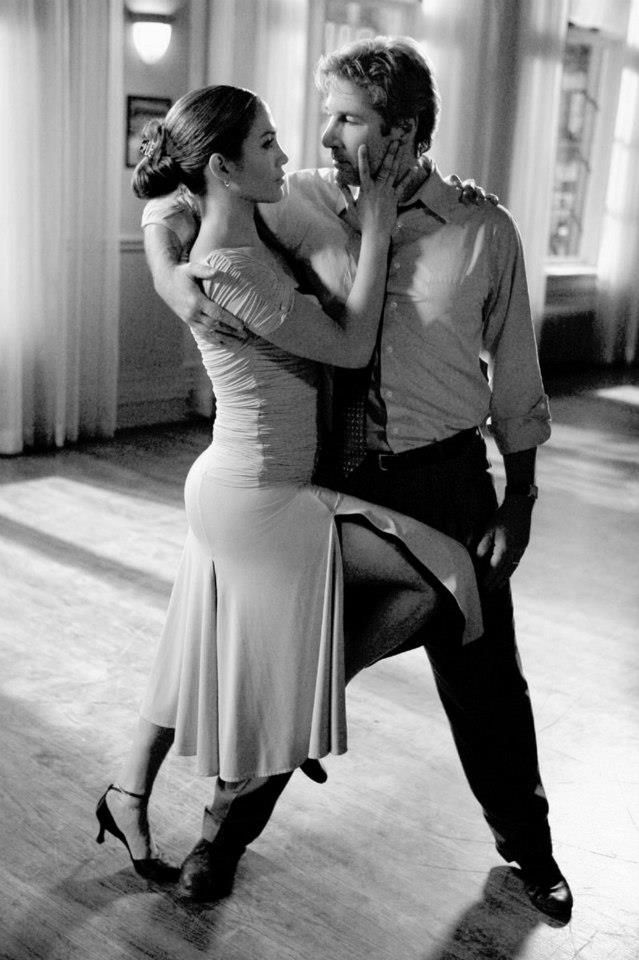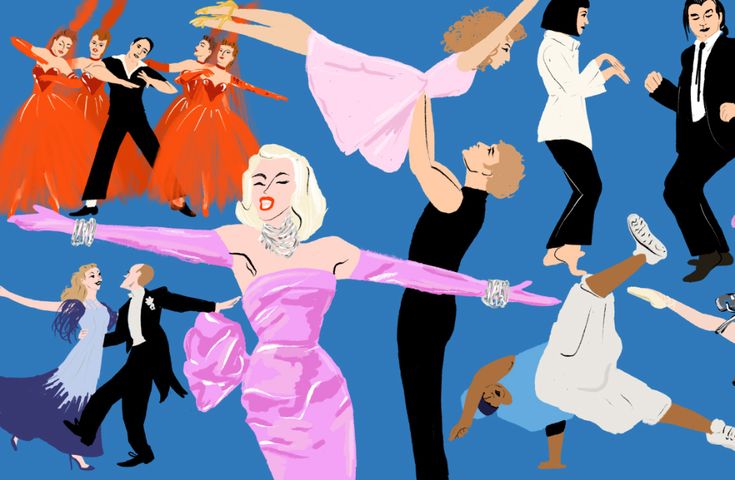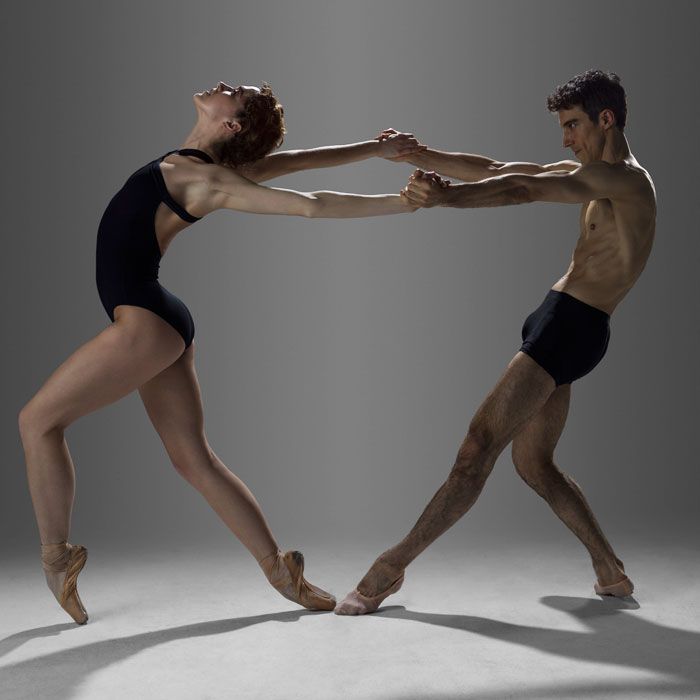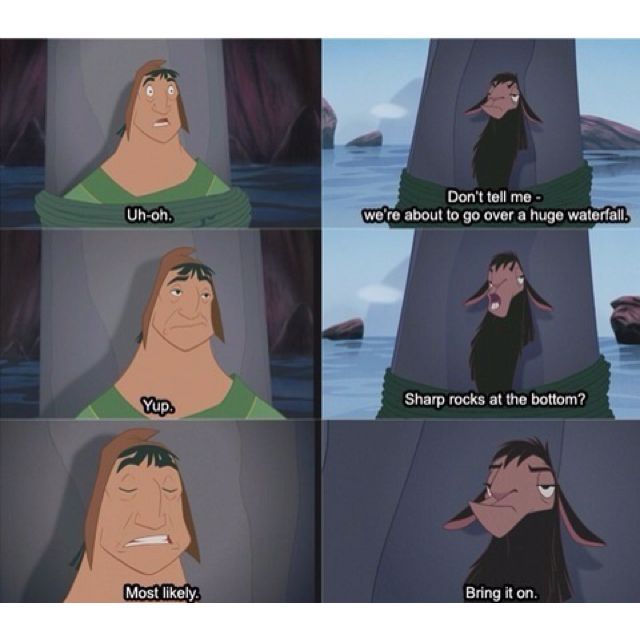How to be a good male dancer
5 Scientific Steps That Will Make You a Better Dancer
A good dancer can command a crowd. Louis XIV studied ballet as a means to elevate his status and influence, using his dance moves as a political tool. More recently, artists like Sammy Davis Jr. and Beyoncé achieved superstardom because their dance moves augmented the power of their music. Though learning how to dance well may seem dependent in talent, science has a few hints about what can make someone—even you—a great dancer.
-
Step One: Tap Into Your Core
Basic ways of moving, such as the ability to crawl, stand, and walk, develop when we’re children and become second nature as our brains cement these actions in memory. By age 2, toddlers will attempt bobbing up and down to the beat of a song or try simple dance moves. Coordinating and practicing these grooves begins once we’ve mastered standing with a neutral pelvis—a position in which the head, shoulders, and hips align when viewed from the side with a slight curve in the lower back.
“Not only might [a] neutral pelvis facilitate body movements in general, but it also seems to improve specific action at [the] hip and lumbar spine,” write Clara Fischer Gam and Elsa Urmstom in an article posted on the International Society of Dance Medicine and Science’s website. This alignment stabilizes the core, which supports more dynamic movement.
To find your neutral pelvis, Dance magazine recommends lying on your back with your knees bent, allowing the natural curve of your spine to create a slight space between your lower back and the floor. In this position your hips should not tilt noticeably up toward the ceiling or into the floor; they should remain “neutral,” creating a plane level enough to balance a glass of water.
-
Step Two: Warm Up
After achieving a neutral pelvis, stay put for some stretching.
One of the simplest ways to increase your body’s range of motion is to generate heat through low impact movement, says Marijeanne Liederbach, director of NYU Langone's Harkness Center for Dance Injuries. This also helps protect against injuries.
This also helps protect against injuries.
"In order for [muscle] to have safe range of motion, it needs to warm up a little bit,” Liederbach tells Mental Floss. Once warm, muscles have more elasticity, which means you can twist and bend with greater ease. Stretching primes your body for more for strenuous activity and reduces the risk of injury.
-
Step Three: Shift Your Weight
In 2013, researchers in the UK conducted a study in which a group of 48 men and women judged the quality of 30 male dancers’ moves. Their favored traits were bold and varied core movements, like bending and twisting from side to side or back and forth, while incorporating vigorous arm movements. In 2017, the same researchers published a similar study of 39 female dancers, all British university students, that suggested greater hip swings and asymmetric movements of the thighs and arms are considered desirable traits.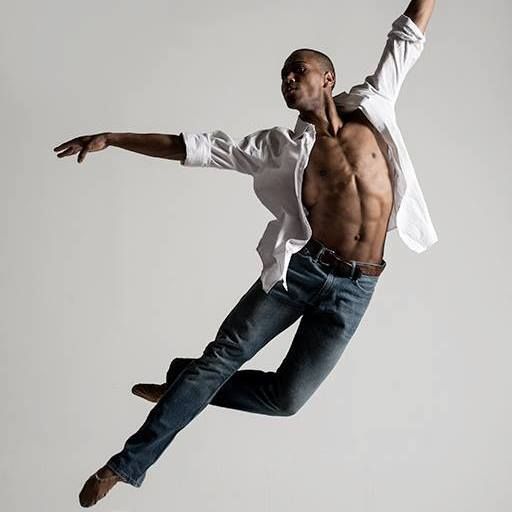
"Dance [is] a human behavior that everyone does,” Nick Neave, a co-author and professor at Northumbria University, tells Mental Floss. “We thought these movements would be honest signals—you can't fake them—so they're giving off information about your health, your age, your fertility, [and] your reproductive stages.” (Critics have argued that these findings are arbitrary because the sample sizes of the dancers were too small.)
So, stand up and practice leaning from one leg to another. Try deeply bending your knees or standing tall on the ball of your foot. Then, shake out your arms and legs. It might help to picture one of those inflatable tube people grooving in the wind.
Remember, the more you practice your moves, the more seamless your moves will become. “If people keep coming back to these basic elements of movement, then they can pretty much intelligently progress up to whatever movements they want,” Liederbach says.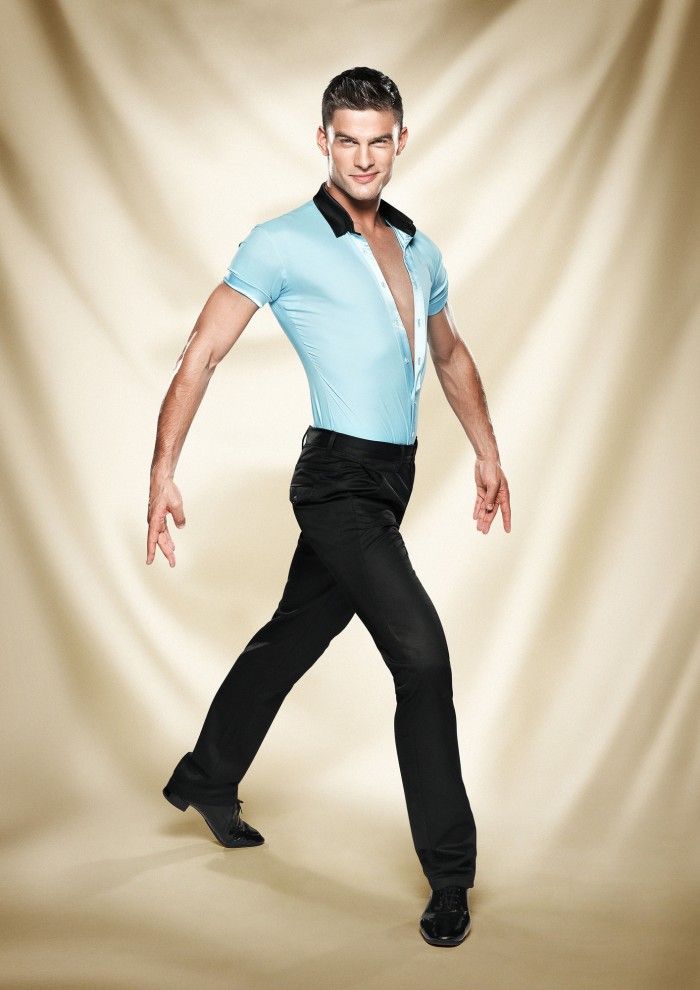
As for synchronizing with music, for most of us, following the beat is intrinsic and natural. Being “beat-deaf” is rare, but a 2014 study of two such individuals suggested that some people have more difficulty than others synchronizing movement with external cues, like music.
-
Step Four: Connect with Other Dancers
Breaking a sweat activates endorphins, which trigger a sense of pleasure and make dancing enjoyable, but there’s also evidence that dancing supports human connection. In an article in Scientific American, neurologist John Krakauer attributes some of this connection to cells called mirror neurons, which cause your brain’s movement areas to activate while dancing and while watching others dance.
“Unconsciously, you are planning and predicting how a dancer would move based on what you would do,” Krakauer writes. So, if you can’t perform a pirouette, watching ballet is still rewarding.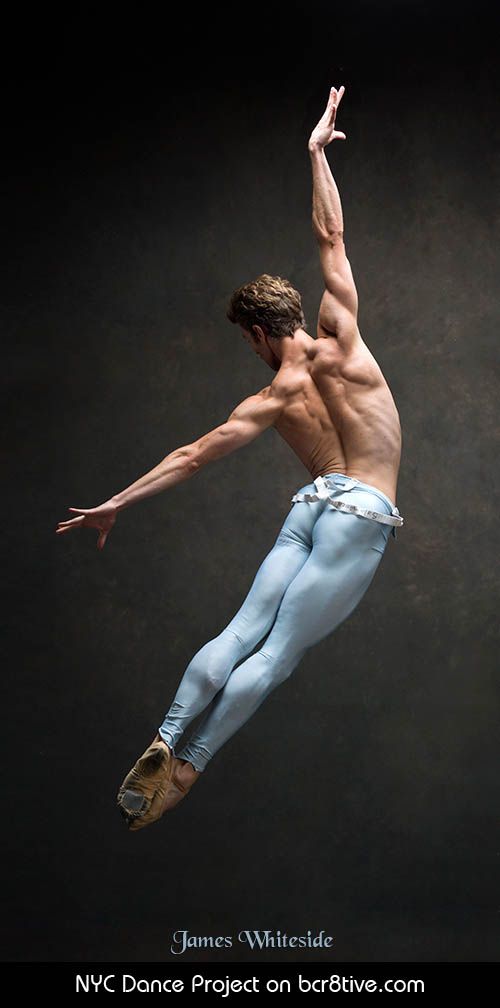
Mirroring movement also is powerful in action. “There is something about doing the same thing at the same time with other people that really bonds us and expands our sense of self,” Scott Wiltermuth, an organizational behavior professor at the University of Southern California, tells Mental Floss. From an evolutionary perspective, it makes sense we would derive pleasure from coordinating well with others: in early hunter-gatherer societies, collaboration meant survival, he says.
Ilya Vidrin, a Ph.D. candidate at the Centre For Dance Research in the UK and a Harvard Fellow, suggests that qualities that strengthen relationships in life, such as the ability to pick up on tonal shifts in voice and subtle shifts in body language, also strengthen partnerships in dance. “It’s clear that just because you’re making eye contact [and] touching … doesn’t mean that you’re connected,” he tells Mental Floss.
-
Step Five: Be Authentic
According to Judith Lynne Hanna, an anthropologist at the University of Maryland, it’s important to remember that aesthetic attitudes toward dancing vary by personal preference, genre, culture, and nation.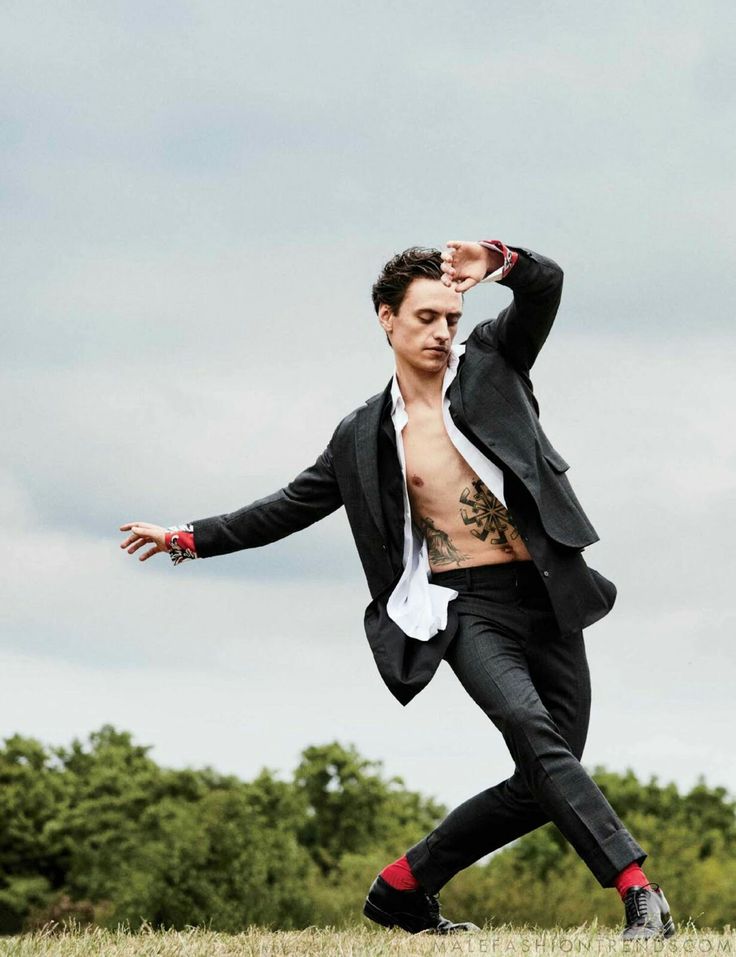 For example, flamenco dancers exhibit a strong connection to the ground with rooted footwork, while ballet dancers strive to maintain a lifted frame and elevate the body.
For example, flamenco dancers exhibit a strong connection to the ground with rooted footwork, while ballet dancers strive to maintain a lifted frame and elevate the body.
Among the Ubakala, an Igbo group in Nigeria, movement patterns reflect a person's identity. It's common for women of child-bearing age to dance in circular formations, using more fluid movements, while men dance vibrantly in warrior-like patterns. Elders in the group tend to act like dance rebels, however; they often defy gender norms and dance however they like, Hanna says. The ability to connect through movement keeps these dance forms alive.
No matter where you source your style, be yourself. “If people are afraid to look stupid, if people are afraid to fail, then likely they’ll be more afraid to dance,” Vidrin says. There’s no need to fear the unknown on the dance floor.
Scientists Study What Makes A Man A Good Dancer : NPR
Heard on Talk of the Nation
IRA FLATOW, host:
Up now: Flora Lichtman.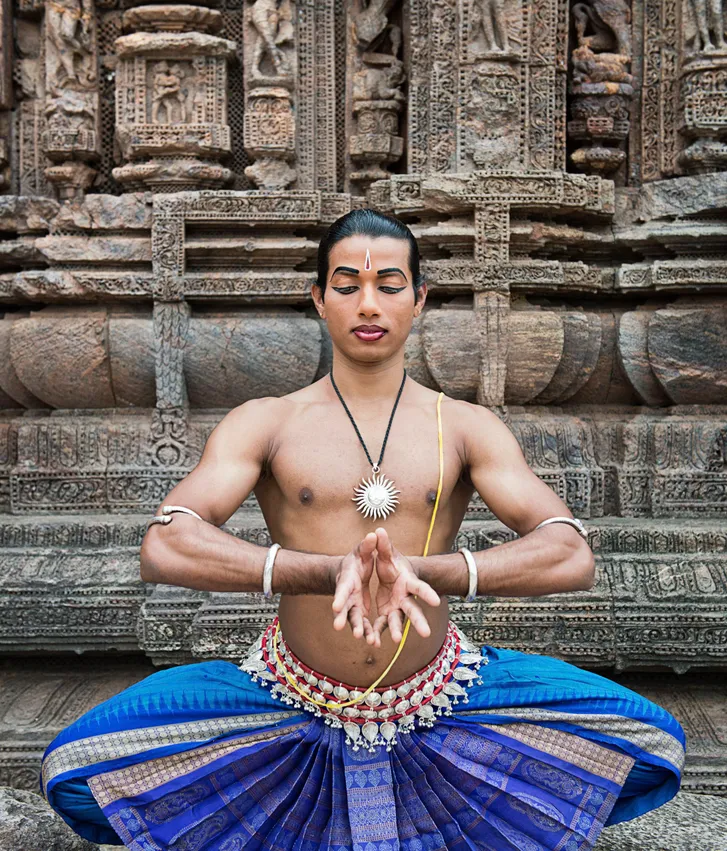 Hi.
Hi.
FLORA LICHTMAN: Hi, Ira.
FLATOW: Our digital media editor. She's here with our crazy dance number today.
LICHTMAN: Yeah.
FLATOW: Dancing - not "Dancing with the Stars" on this one.
LICHTMAN: No, dancing with the scientists.
FLATOW: There you go.
LICHTMAN: No, it's a continuing - it's the next chapter in our continuing coverage of science of dancing. We started with the bird. Remember Snowball?
FLATOW: Right.
LICHTMAN: Then we went - had the babies.
FLATOW: Right.
LICHTMAN: And now we're on to what makes a man a good dancer.
FLATOW: And it's our Video Pick of the Week up on our website at sciencefriday.com. What makes a man a good - the science answer to this?
LICHTMAN: Apparently, there's a scientific answer. Anyway, this is what an evolutionary psychologist - his name is Nick Neave - was trying to figure out. So here's the setup. He had these guys dancing to kind of a basic beat. And he put reflective markers on them and then filmed them.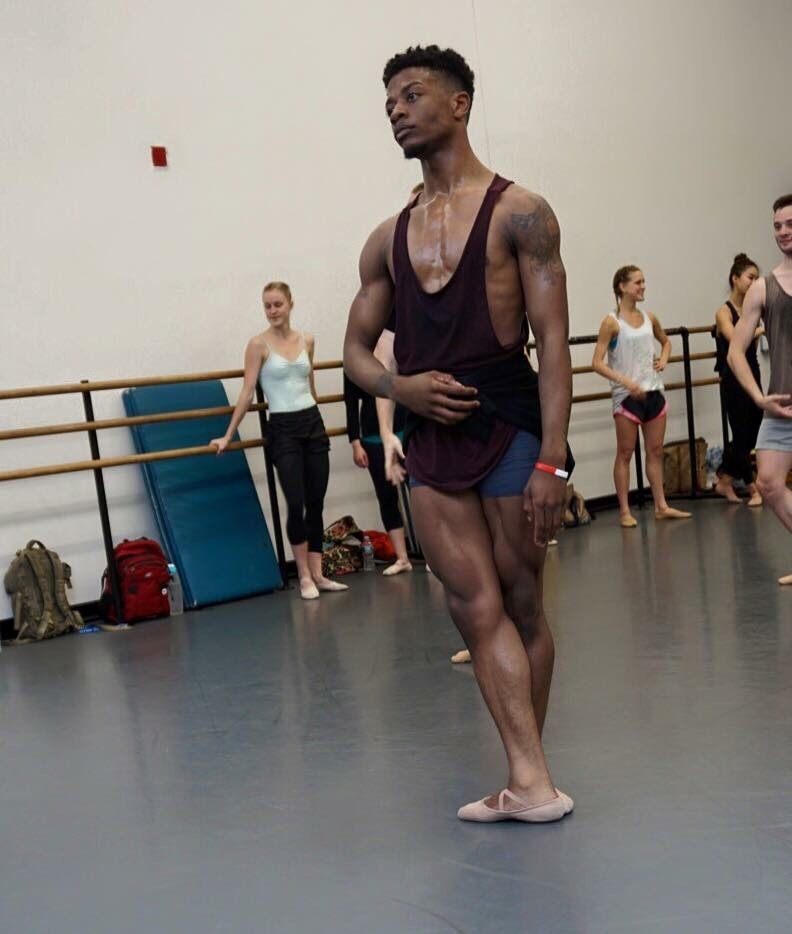
FLATOW: Mm-hmm.
LICHTMAN: And then he turned these dancing guys into little avatar videos, so that you couldn't see their faces or anything like that. And he showed a bunch of women all of these dancing avatars and asked the women to rate the dancers between good and bad. And you can see the sort of the best dancer and the worst dancer in the study - in the video on the website.
FLATOW: Elaine Benes wasn't in there.
LICHTMAN: You know, Ira, fast forward to this week - for me, it was getting to watch every funny YouTube video about - I think I watched...
FLATOW: You saw all the bad dancers in the world.
LICHTMAN: I watched the Elaine Benes clip, I would say, 15 times this week.
(Soundbite of laughter)
FLATOW: But - so these - so they were able to judge what makes a good dancer, not a lame dancer, but a good one.
LICHTMAN: Right. Right. So they - the interesting thing is that they found certain moves that these good dancers shared. There were sort of statistically compelling moves that were - that seemed to be signals of good dancers, at least in the eyes of women. So guys, I mean, this really is - I think this is quintessential news you can use.
There were sort of statistically compelling moves that were - that seemed to be signals of good dancers, at least in the eyes of women. So guys, I mean, this really is - I think this is quintessential news you can use.
FLATOW: Well - and if you want to see what makes a good dancer - and it's Friday night, right - you can go to our website at sciencefriday.com. It's our Video Pick of the Week on the left. Did they do this for women? What makes a good female?
LICHTMAN: You know - I - the researchers said that a lot of people have been asking about this, but we'll have to stay tuned for that. That's sort of the next study. But I have to say that some of the moves - I think guys might be surprised with some of the moves, because they're very specific. And I'll just give you one.
FLATOW: Okay.
LICHTMAN: But I don't want to reveal the whole...
FLATOW: No, give us a top-rated one, yeah.
LICHTMAN: One of the top-rated moves was the speed of your right knee.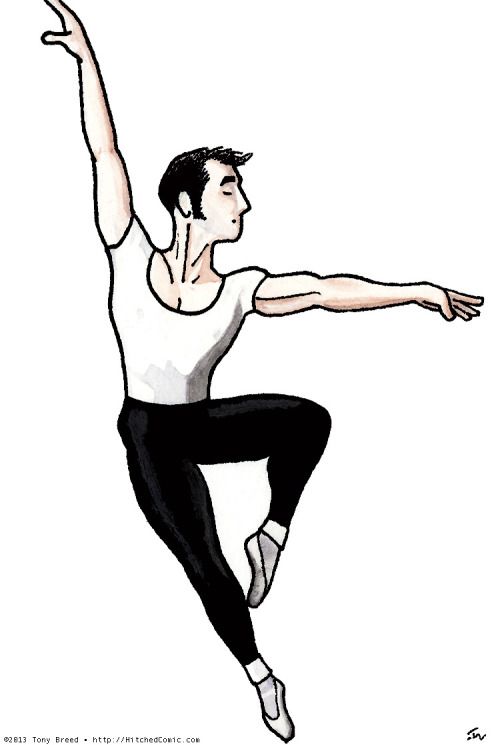 That was - well, like, all the good dancers seem to be moving that right knee really fast.
That was - well, like, all the good dancers seem to be moving that right knee really fast.
FLATOW: And you went - in the video, you went to the Alvin Ailey dance company.
LICHTMAN: Right.
FLATOW: And you asked them what their thoughts on this. So they didn't quite get this right knee move, did they?
LICHTMAN: They were not so compelled by the right knee as being the key to good dancing, as you might expect.
(Soundbite of laughter)
LICHTMAN: These are people who would spend their lives - their passion is understanding what makes a good dancer. But they had some sort of interesting insights into - Tracy Inman, who's the co-director of the Ailey School, had some interesting insights into what maybe these results were all about. So, you know, it was good to bounce the ideas off of him.
FLATOW: All right. Thank you, Flora. If you want some - so if you want some quick tips for tonight's dancing, you're going out clubbing tonight and you want to find out the top reasons - the top attractiveness of male dancers and what they should do, right.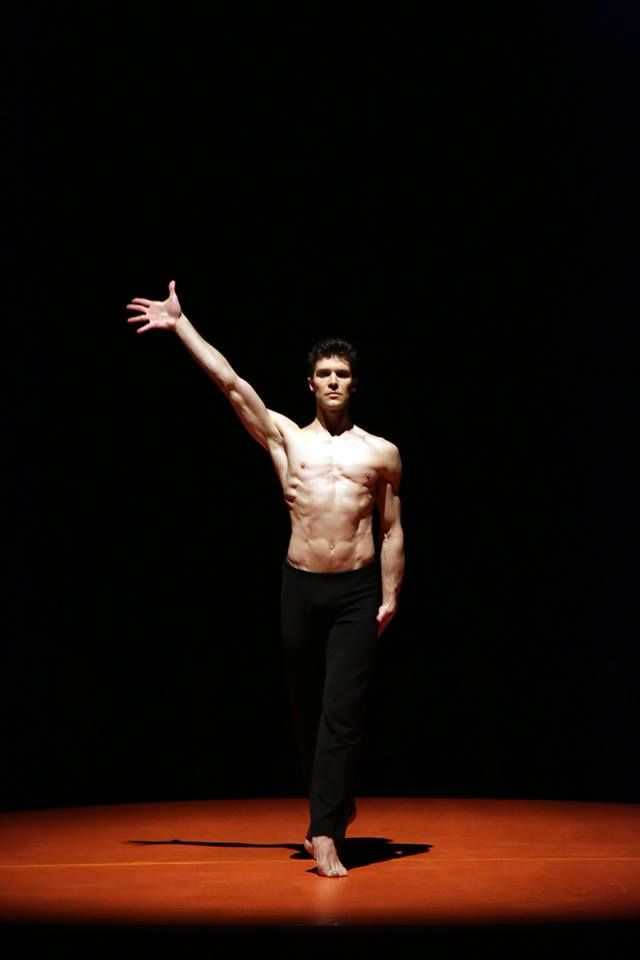 ..
..
LICHTMAN: Mm-hmm.
FLATOW: ...what best moves you should make - at least scientifically, from that point of view - go to our website at sciencefriday.com. It's our Video Pick of the Week. You can take it with you on your iPhone or watch it there online. And Flora?
LICHTMAN: Do some field testing and let us know...
FLATOW: Yeah.
LICHTMAN: ...what you think - if it works for you tonight.
FLATOW: And we'll be - we'll continue with our theme, somehow, of dancing.
(Soundbite of laughter)
LICHTMAN: Yes.
FLATOW: Finding other dancing themes for SCIENCE FRIDAY. Flora Lichtman, our Video Pick of the Week. Thank you, Flora.
LICHTMAN: Thanks, Ira.
Copyright © 2010 NPR. All rights reserved. Visit our website terms of use and permissions pages at www.npr.org for further information.
NPR transcripts are created on a rush deadline by an NPR contractor. This text may not be in its final form and may be updated or revised in the future.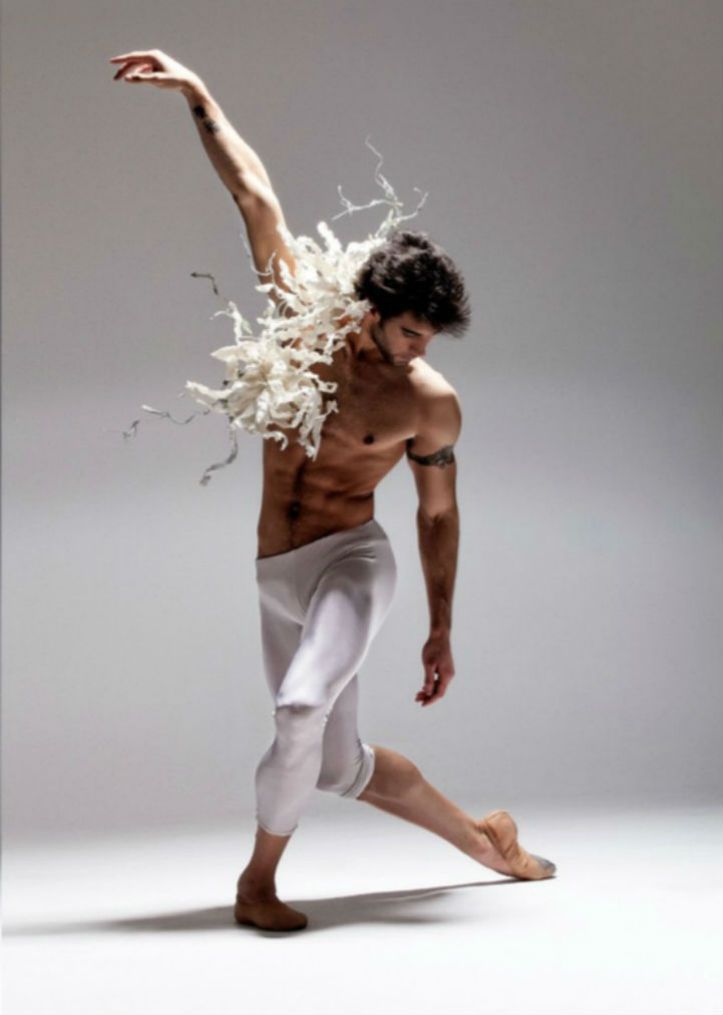 Accuracy and availability may vary. The authoritative record of NPR’s programming is the audio record.
Accuracy and availability may vary. The authoritative record of NPR’s programming is the audio record.
ᐅ How to become a dancer? | How do they become dancers?
Many people dream of working as a professional dancer, imagining fame, popularity and brilliance of spotlights. But how to become a dancer, what is needed for this? Let's find out!
To begin with, it is worth understanding that this is, first of all, hard work, and only a few are given to break onto the stage.
The profession of a dancer requires good physical shape and long training sessions.
Contents:
- How to become a dancer?
- How do you become a dancer from scratch?
- Schools where one becomes a dancer
- How to become a dancer without education?
- How to become a good and successful dancer?
How to become a dancer?
Anyone can become a dancer. This does not require special education, somewhere to study, and all that is needed is to experience the pleasure of dancing. But that's if it's a hobby. Amateur and professional dancing, pleasure and work as a dancer are very different concepts.
But that's if it's a hobby. Amateur and professional dancing, pleasure and work as a dancer are very different concepts.
I dream of becoming a professional dancer. How do they become dancers in general, what do you need to know and be able to do, how to start?
Unfortunately, and maybe fortunately, not all become successful dancers. To do this, you need not only to love to dance, but also to have a confident and strong desire to improve, overcoming difficulties.
In order to reach the top in the profession, it is not so much external data that is important, but attitude to business and diligence. With these qualities, you can become a good dancer, whose performances are pleasant to watch the audience.
How do you become a dancer from scratch?
In order to become a dancer from scratch, you need to be sure that this particular job will become the work of a lifetime. Such a creative profession requires complete dedication and the ability to express vivid emotions.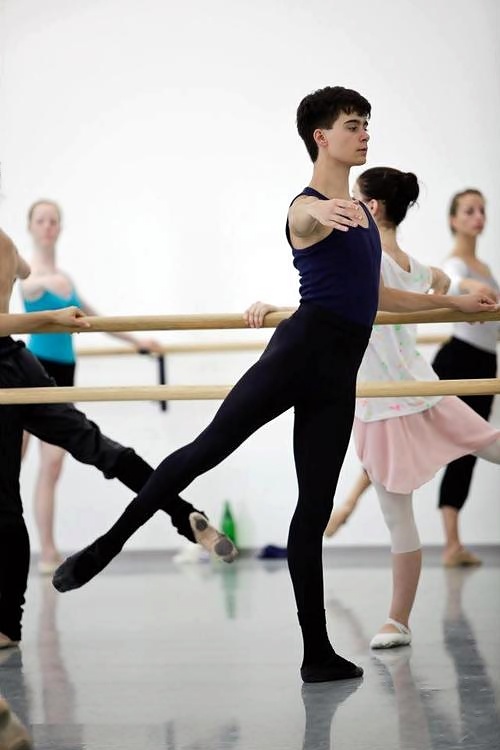
In addition, you need to prepare physically and develop endurance. After all, rehearsals last many hours and take place almost every day.
Before you start mastering the profession, you need to decide on the style.
There are a huge number of them, and it is important to choose the most suitable one for yourself. When choosing, it is worth considering personal preferences and your level of physical fitness. For confidence, you can rehearse in front of a mirror.
Schools for becoming dancers
You can become a dancer after receiving a special education. To do this, you need to enter an art college or university. They are accepted here on the basis of nine and 11 classes, depending on the direction.
To enroll in a group, you need to pass a creative competition, for which you should prepare well. You also need to be ready to provide the results of the exam in Russian and literature. The exact list of subjects required for admission can be clarified at the educational institution.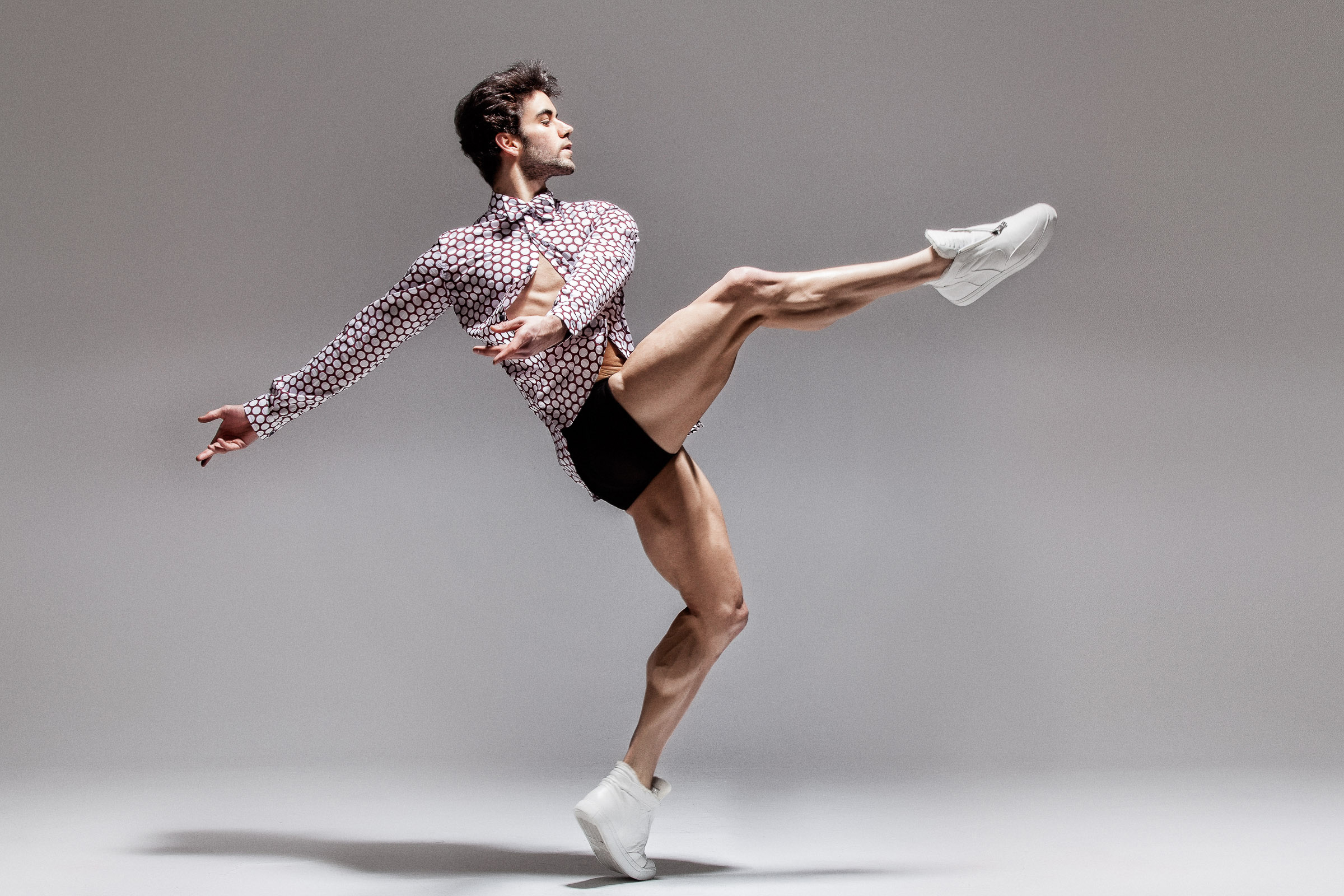
Training to be a dancer in an educational institution is not yet a guarantee that you can become one.
Getting a professional education on the basis of a college or university will not yet give you the opportunity to become a dancer, but it is an opportunity to acquire all the necessary knowledge and skills.
Experienced teachers will help you develop your talent and fully reveal your creative potential. They will point out mistakes and help correct them. But a lot depends on the student. Therefore, the educational institution itself will not make you a dancer, it will only give you an opportunity.
For example, while studying, students have the opportunity to participate in many competitions and festivals, which will help them test their strength and even get a job offer.
How to become a dancer without education?
Many people become dancers without special education. For this profession, attitude and talent are much more important. If a person truly loves to dance and develops his abilities, then he will be able to achieve considerable success. It is important to understand that a couple of hours of training three times a week is not enough to become a professional dancer. You have to work hard and hone your skills.
If a person truly loves to dance and develops his abilities, then he will be able to achieve considerable success. It is important to understand that a couple of hours of training three times a week is not enough to become a professional dancer. You have to work hard and hone your skills.
For beginner dancers, it is not so much the technique of performance that is important, but the development of endurance and the ability to express their emotions through body language. The presence of charisma and a bright personality distinguishes a good dancer from the rest. You need to be ready for constant hard training and strictly follow the regimen.
You can learn to dance professionally if you have good skills on your own. But it is better to seek help from professionals. To do this, there are many circles, courses and dance schools. There, in a fairly short time, you can master a certain dance style. Regular classes with a dance teacher will help develop physical endurance, learn basic dance moves, and develop talent in yourself.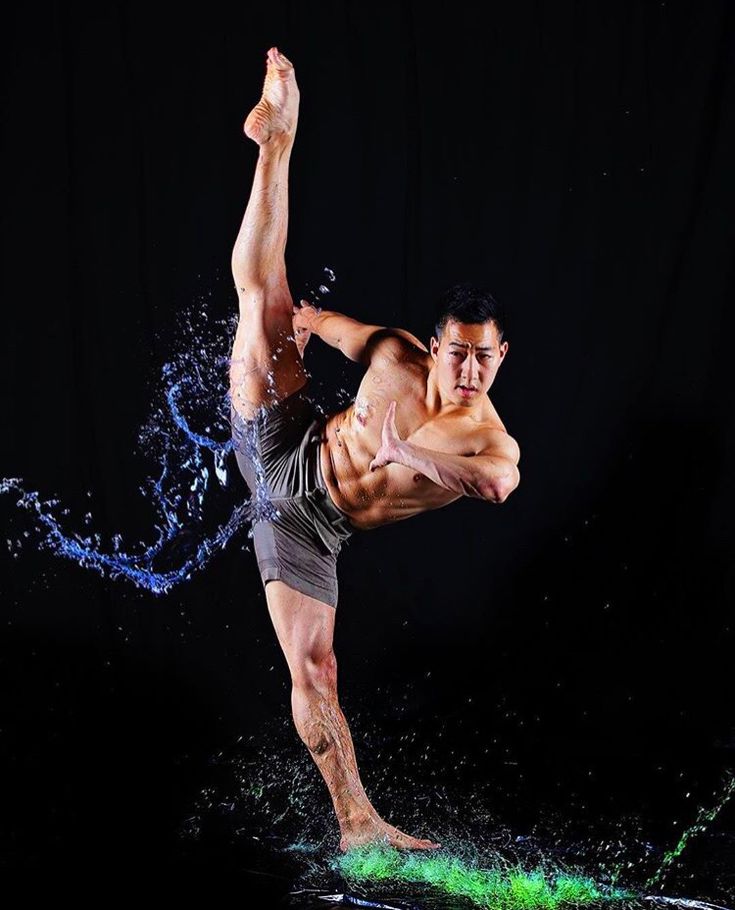
Members of clubs and dance schools often get the opportunity to participate in competitions and perform at concerts. This has a positive effect on emotional mood, increases confidence and gives you the opportunity to express yourself. Achievements in competitions will be a great addition to the portfolio of a novice dancer.
How to become a good and successful dancer?
In order to succeed and shine on stage, you will have to make a lot of effort. The most important qualities of a good dancer are charisma, perseverance and hard work.
The main thing is to choose this profession consciously and remember that behind the beauty and brilliance of dancers' performances there are constant training and heavy workloads.
And as mentioned above, one cannot become a dancer overnight, without proper preparation. You need to play sports and follow the necessary regimen. Only thanks to this, professional dancers cope with difficult numbers and exhausting rehearsals.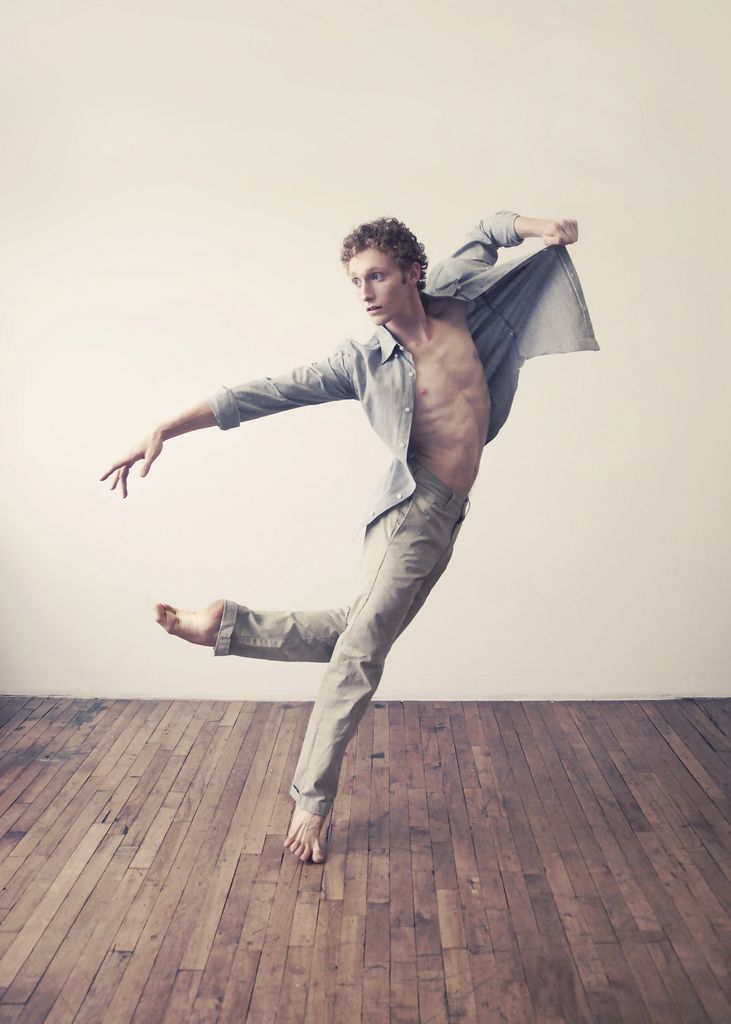
It is important to choose the most appropriate dance style for you. You can master it perfectly by completing training as a dancer in a professional educational institution. And for people who want to learn how to dance without going to college or university, there are many options for circles, courses and dance schools.
In any case, learning to dance professionally is much easier with a teacher. It will help you master all the dance moves and learn how to beautifully express emotions on stage with the help of dance.
How to become a dancer who does not interfere with anything?
Who is a dancer? A person who moves his arms and legs to the beat of music or his own internal rhythm is the simplest definition. From the point of view of art, the body is the same instrument as the cello or violin. This instrument expresses emotions, feelings and moods. Dancing is no less an art than wielding a brush. The harmonious unity of the mind, soul and body is important here.
Someone thinks that the ability to dance is an innate talent sent from above. This is not always the case, everyone can become a dancer. Anyone who loves music, who enjoys moving to it, is in fact already a dancer, in the broadest sense of the word. However, to become a truly professional dancer, you need aspiration, desire and perseverance.
As a rule, the title of a professional is given to someone who has studied several years in a dance class. Behind him are more than a dozen performances on stage, knowledge of the names of all dance movements and a pack of costumes on hangers.
When it comes to street dancing style, the academic school will not help here. A professional on the street is the one who dances the best in the area. Many people ask: how to become a street dancer? Only one way: watch and repeat. Watch how they do, what they do, what kind of music. Repeat at home in front of the mirror, over and over, until the result is satisfactory. The style of street dancing has long been on the stage, and you can learn it in studios with teachers.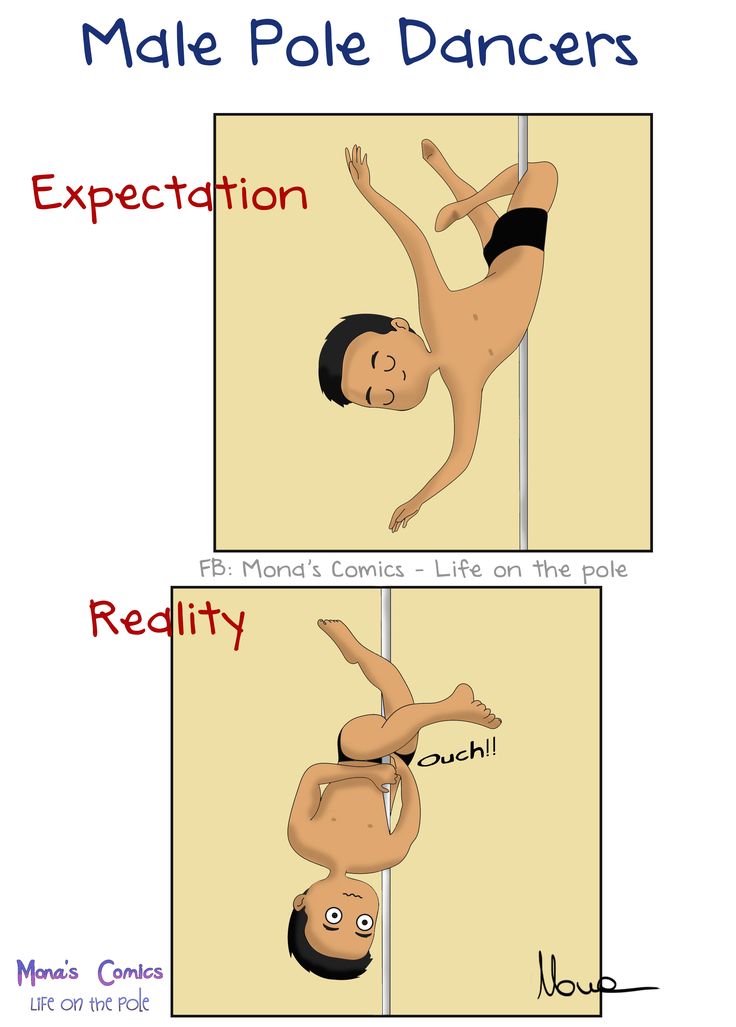 Of course, even when working in the studio, you cannot do without repetitions at home. You need to constantly hone your movements.
Of course, even when working in the studio, you cannot do without repetitions at home. You need to constantly hone your movements.
Success in the art of dancing directly depends on the goals set. Some want to dance professionally in the styles of Hip-Hop or Go-Go, others strive for a professional career in ballroom dancing, and others have long dreamed of participating in dance theater productions. People who from the very beginning wonder how to become a professional dancer often become the leading choreographers and art directors of their own dance studios.
Where to get knowledge to achieve your goals? We have already talked about the method of observation and self-study, as well as classes in dance circles. Another way to learn is to participate in master classes by visiting specialists and dance competitions. Any professional activity, including dancing, requires the intervention of experienced teachers. Dance competitions will help you get the necessary criticisms and tips to improve your technique.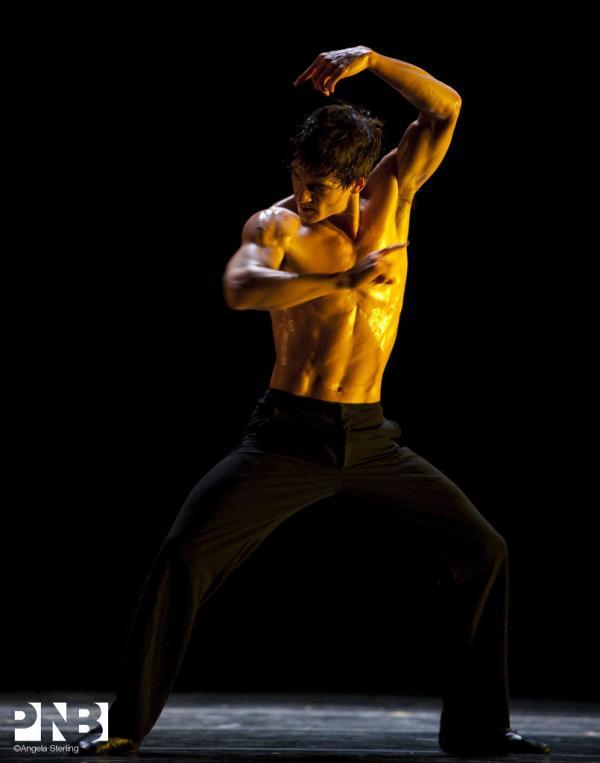 Naturally, one must be prepared for disappointments. But not a single remark should stop a true dancer on the way to his goal.
Naturally, one must be prepared for disappointments. But not a single remark should stop a true dancer on the way to his goal.
When a person thinks about how to become a good dancer, he thinks about how to acquire technique and finesse of movement, while forgetting about personal qualities. But they are no less important than the baggage of knowledge and experience gained. A lot is decided by the energy and charisma of the author of the issue. Does he have a talent, or does he mechanically repeat the learned movements? Is he lethargic or does his temperament make him get up from his chair and give a standing ovation? It is personal qualities that sound the very final chord that affects success.
Along the way, in the world of dance, physical abilities are improved, as well as spiritual traits of a person's character. Success in this field can boost self-confidence.
When deciding what events to go to and how to become a dancer, the main thing to remember is that you should like the dance style.